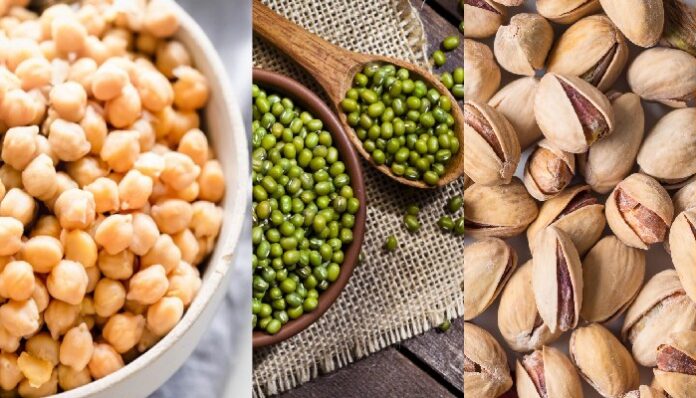Are you looking for the best protein rich foods then you came at the right place in this post we have shared the list of foods high in proteins.
It’s always essential to include healthy sources of protein-rich foods in your diet every day. Protein assists your body with a lot of vital functions and assists in maintaining muscle strength. You become healthier with time if you intake the proper amount of proteins.
Whenever you think about protein, meat Or chicken could hit your mind. But, if you are not a fan of meat, you still have a lot of other alternatives to ensure that you get enough of the protein that your body requires. Worry not. There are a lot of proteins for vegetarians that are available throughout the year. You need to try out these alternatives and enjoy each of them as a side dish or alone, or you can even curate different recipes out of it.
Just remember that the protein proportions might vary depending on the preparation of vegetables.
Table of Contents
The 16 Best Protein Sources For Vegetarians
Here we have listed some of the High Protein Vegetarian Foods
1. Edamame
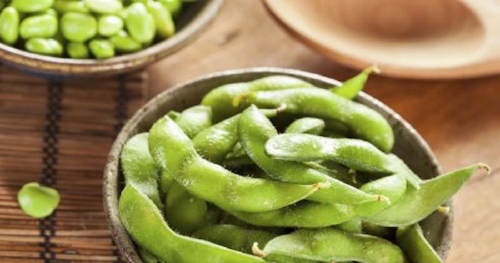
The total amount of protein present is about 18.46 grams per cup.
If you are someone who enjoys edamame only at Korean restaurants, then it’s the right time for you to begin eating and cherishing it at yours. Place. Edamame is loaded with vitamins, healthy plant protein and minerals. With this, you can try out recipes such as:
- Spicy Edamame
- Crispy Garlic Parmesan Edamame
2. Lentils
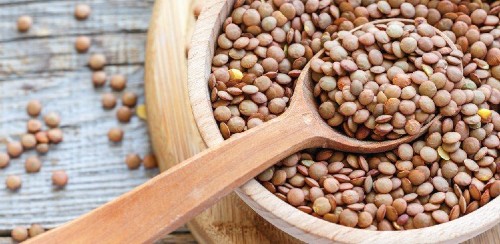
The total amount of protein present is about 17.86 grams in every cup. Lentils are not generally a vegetable. They’re a type of pulse from the legume family. It is very affordable and can be easily found in the market for your high protein vegetarian meals. The best part is that the dry lentils can be cooked in only 15 minutes. You can try recipes such as Lentil Soup and Red lentil Taco Soup.
3. Pinto Beans
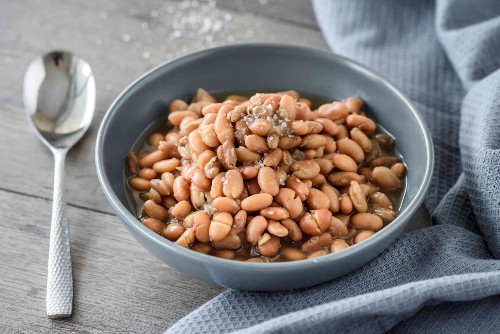
The protein quotient in pinto beans is about 5.41 grams per cup, whether dried or boiled. These beans are very famous in Mexican cuisine. They go well in burritos, in the form of salad and also in soups, or just in the form of a side dish. You can try cooking the dried pinto beans instead of just utilising the canned beans for high protein for diet plan. With this, you can curate recipes like pinto beans, chilli and slow cooker beans.
4. Chickpea
The total protein present is about 14.53 grams per cup. Chickpea, also known as garbanzo beans, are a central element in hummus. It has a nutty and subtle flavour that goes well with a number of dishes. You can also eat chickpeas as snacks or as a staple in soups or curries. Some recipes to try are Coconut chickpea curry and roasted chickpea. It is an excellent source of protein-rich food for vegetarians.
5. Mung bean
The total amount of proteins present is 14.18 grams per cup, whether boiled or dried. It is a part of legumes and has a significant protein proportion. It is also a great source of fibre and iron. You can try out recipes like Mung bean curry and sprouted beans.
6. Fava Beans
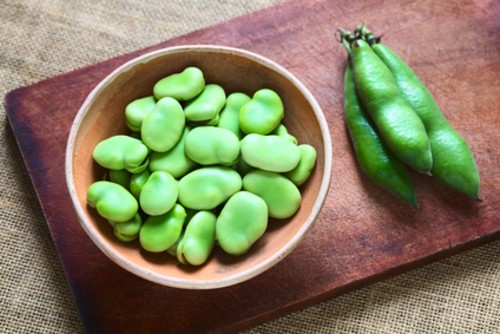
It contains 12.92 grams per cup of protein. Fava beans look precisely like green beans or edamame. You can add them to salads or stews or use them as a tasty dip. You can try recipes such as fava bean dip or buttery sesame fava beans.
7. Lima Beans
The overall protein quotient is 11.58 grams per cup. It has plenty of fibre, potassium and iron. While a lot of individuals don’t appreciate the taste, you can curate recipes such as herbed lima bean hummus and baked beans.
8. Green Peas
If you believe that green peas are not tasty or mushy, you’re not alone in this. However, they are super versatile and can be a delicious addition to a lot of recipes like roasted green peas and veg burgers.
9. Quinoa

It has a total protein quotient of 8.14 grams per cup. It is a famous food and is rich in antioxidants, minerals and proteins. The best part is that you can make it only in 15minutes, and it is a great side dish for salads, burgers and other eating items. The recipes that you can curate using it are:
- Quinoa gratin
- Avocado and quinoa salad
10. Wild Rice
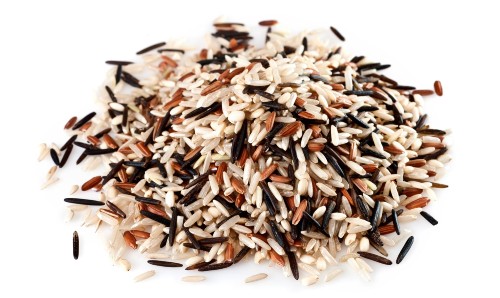
It isn’t rice, but it can be used in the same manner in a lot of dishes. You can use it in soups and for stuffing. The recipes you can make with it are mushroom rice and wild rice pilaf.
11. Pistachios
The roasted pistachios contain 5.97grams of protein every ounce. It is not only delicious but is also used for adding extra flavours to baked food items and for coating in fish recipes as well. The recipes to try out are Pistachio pesto pasta and granola.
12. Almonds
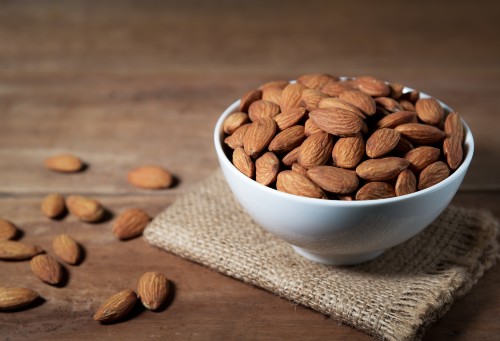
The total protein quotient is 5.94 grams. Almonds are not only nutritious and delicious but also have a significant amount of healthy fat, vitamin E and other antioxidants. You can get the most out of it by eating it with the peel itself. The recipes that can be curated are almond tilapia and almond salad.
13. Chia Seeds
The total proteins present are 4.69 grams. These are minute seeds and have claimed to be superfoods. It contains omega-three fatty acids, fibre and lots of proteins. You can curate chia pudding out of it, which is people’s favourite.
14. Sweet Corn
It is super nutritious and tasty as well. You can use fresh and frozen corn for various corn recipes, such as corn chowder and pizza. The total protein quotient is 4.68 grams for one cup of corn.
15. Broccoli

In addition to proteins, broccolis contain fibre, vitamin c, vitamin k and other nutrients. Also, don’t forget to consume the broccoli stalk as well. The recipes you can try with it are broccoli stalks and magic broccoli. It contains 4.28 grams of protein per stalk.
16. Avocado

You can use avocados for making a pudding or a smoothie. You can make avocado rolls, pudding and guacamole eggs using avocados.
Importance Of Protein In Your Diet
Few reasons why you should ensure that you consume enough proteins are:
- Build: It is a very crucial building block of your body, muscles, bones and skin. Your nails and hair are also composed of protein.
- Repair: The human body utilises it to repair and build body tissues.
- Oxygen: The red blood cells have a protein that takes oxygen to all the body parts, which helps supply all the necessary nutrients required by the body.
- Digestion: Half of the food items that you eat every day are responsible for making enzymes that help in digestive functions and producing newer body chemicals and cells.
- Regulation: Protein plays a vital role in regulating body hormones, especially during the development of cells in the puberty phase.
Wrapping Up
Protein is very crucial for your diet if you have considered going vegan. It’s essential for building muscles and bones. Try to switch your diet to don’t miss out on proteins and other essential nutrients in your diet. Also, you can consult a dietician before you curate a meal plan for yourself regularly. Make sure to choose the best ingredients to get the most out of them.

